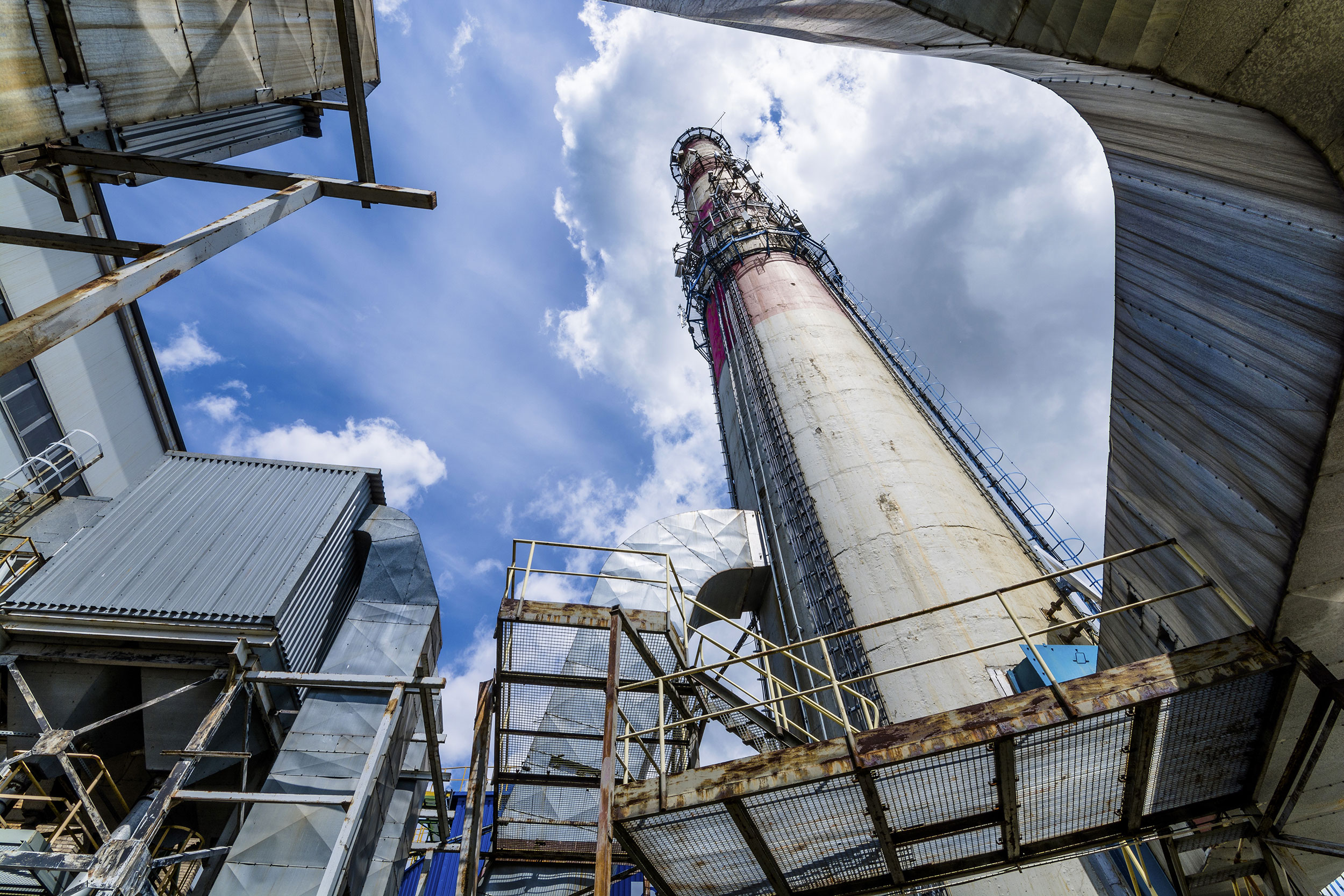Australian thermal coal export decline will be accelerated by the global energy crisis

Diminishing long-term outlook is outside the control of Australian governments
Key Takeaways:
Growing energy security concerns mean the global energy transition away from coal is accelerating, and the long-term outlook for Australian thermal coal exports is declining faster.
Australia will find it hard to replace its key export markets of Japan, South Korea and Taiwan as developing Asian markets are significantly reducing coal’s role in their plans.
China and India will seek to increase reliance on domestic coal, leaving Indonesian coal exporters in search of new markets competition with Australian exporters.
The long-term fate of Australian coal exports is outside the control of state and federal governments.
7 September 2022 (IEEFA Australia): Despite the recent profitability of coal mining companies, Australian governments should begin planning for a faster-than-expected transition away from thermal coal, finds a new report from the Institute for Energy Economics and Financial Analysis (IEEFA).
Record-high coal and gas prices globally will accelerate the switch to cheaper more energy secure solutions like wind and solar in Australia’s key and emerging export markets.
Author Simon Nicholas says the short-term profits currently being made by Australian coal miners contrasts strongly with the long-term outlook for export volumes -- which is one of permanent decline.
“Australia’s traditional key export markets—Japan, South Korea and Taiwan—are all shifting away from reliance on expensive imported thermal coal in the long term,” says Nicholas.
“The Federal Government’s Office of the Chief Economist forecasts coal imports into Japan, South Korea and Taiwan to all go into permanent decline this decade.
“Meanwhile the key growth markets that were supposed to provide a bright future for Australian coal exporters – such as Vietnam, Pakistan, Bangladesh and the Philippines – have all significantly reduced imported coal’s role in their long-term power planning.
“Despite the recent rise in European imports of expensive Australian coal, the Russian invasion of Ukraine and the subsequent global energy crisis will only accelerate this transition.”
As well as some countries switching to more energy-secure renewable energy, there is real risk of an accelerated end to Chinese and Indian thermal coal imports as they seek to become more reliant on their own domestic coal sources. The global energy crisis has only increased this risk.
Report co-author Andrew Gorringe says the government of New South Wales – the source of most of Australia’s thermal coal exports – forecast declining coal volumes in the longer term in 2021 but the accelerating transition could push actual volumes down even faster, and closer to the state government’s ‘Lower Global Coal Demand’ scenario.
“Very high coal prices are a double-edged sword for the coal industry. At this stage of the energy transition, high prices will destroy long-term demand for coal even faster,” says Gorringe.
“Declining demand will impact mining employment. Even under the NSW government’s Base Case scenario, it projected that employment in coal mining will decline by an average of 600 jobs per year over the next two decades.
“A transition away from coal over the coming decades is certain. The only question remaining is whether that transition will be planned and orderly, or chaotic.”
The most recent events which will accelerate the decline of seaborne thermal coal include:
- In August 2022, Japan announced its intention to restart seven idled nuclear power reactors to reduce reliance on fossil fuel imports.
- A 2022 study on Chinese coal demand found that its seaborne thermal coal imports are likely to fall substantially over the coming decade and are on course to drop 26% on 2019 levels by as soon as 2025.
- In March 2022, Taiwan revealed its 2050 net zero carbon emissions roadmap. Taiwan plans to fully decarbonise its power sector by 2050 with renewable energy providing 60–70% of power generation.
- In December 2021, South Korea unveiled the first detailed plan for how it will reach its coal phase-out target. The nation will shut down 24 coal-fired power plants—almost half the South Korean fleet—by 2034.
- Pakistan cancelled another coal power proposal in 2022 and is considering converting existing plants fuelled by imported coal to use domestic coal.
- After 10 coal power proposals were cancelled in Bangladesh last year, the Matarbari 2 coal power project had its funding withdrawn in 2022.
- The new Ferdinand Marcos-led Philippines government has recommitted to the nation’s moratorium on new coal plants.
- In August 2022, Malaysia’s largest power generator announced plans to accelerate the closure of some its coal-fired power plants to speed up its energy transition towards renewable energy.
Read the report: Australian Thermal Coal Outlook Report - Volumes Set to Fall Amid Accelerating Energy Transition
Media contact: Amy Leiper [email protected] +61 0414 643 446
Author contacts: Simon Nicholas ([email protected]) and Andrew Gorringe ([email protected])
About IEEFA: The Institute for Energy Economics and Financial Analysis (IEEFA) examines issues related to energy markets, trends, and policies. The Institute’s mission is to accelerate the transition to a diverse, sustainable and profitable energy economy. (ieefa.org)












